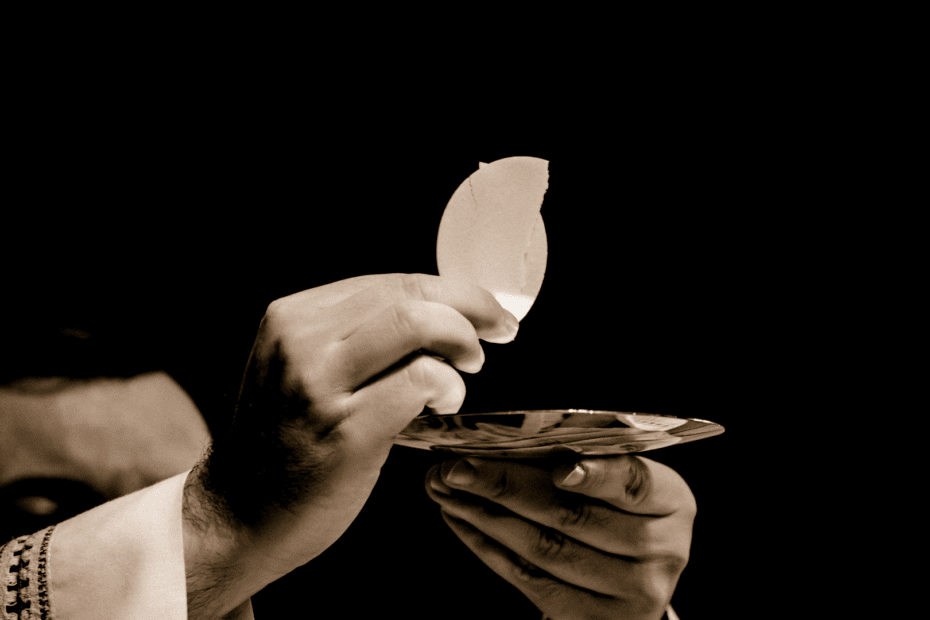The Eucharist – Do Catholics Worship a Symbol?
The Catholic Church believes infallibly (without the possibility of error) that Jesus is present body, blood, soul, and divinity in the Holy Eucharist. This dogma… Read More »The Eucharist – Do Catholics Worship a Symbol?

